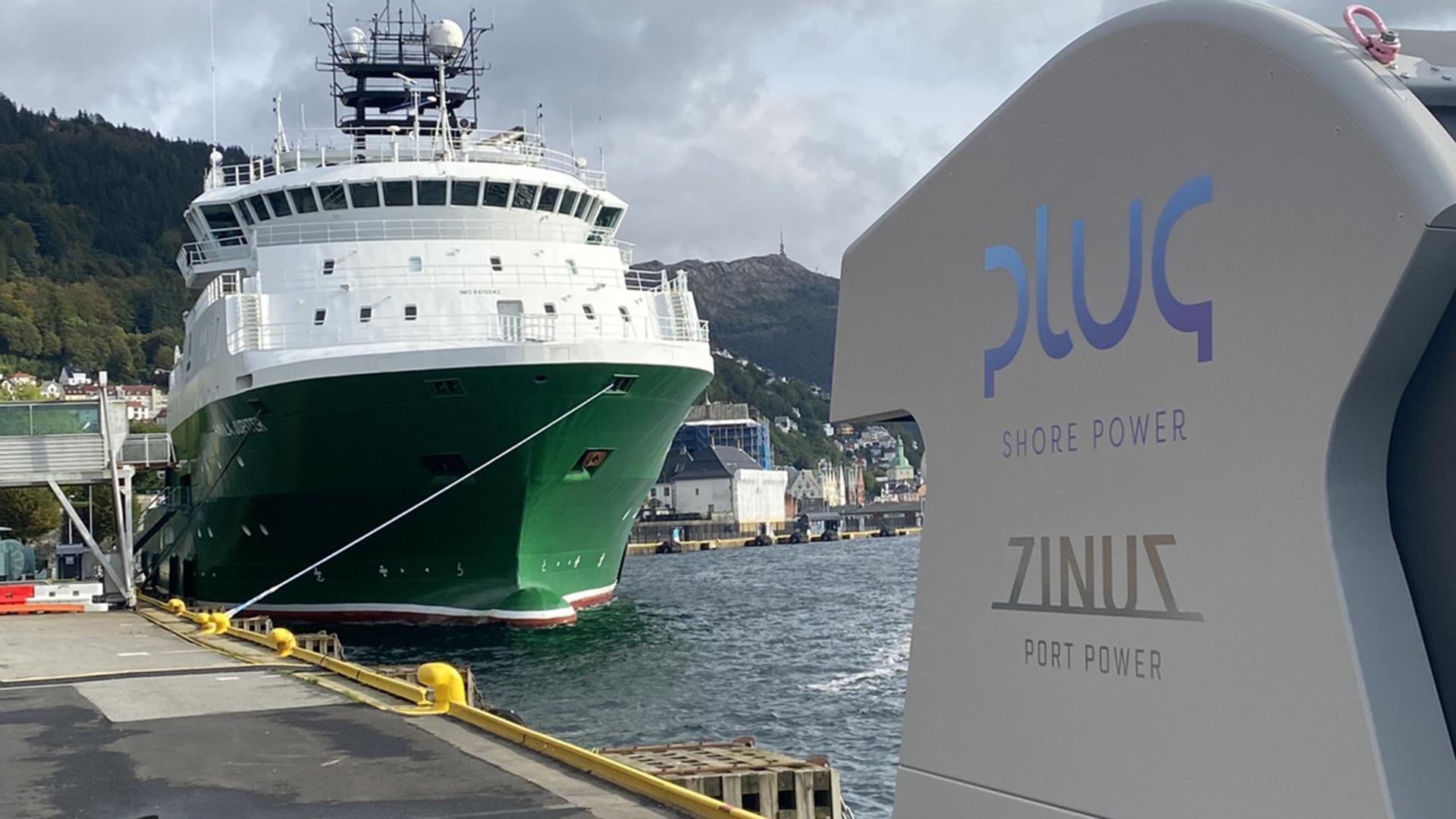Green ports: A pathway to sustainable shipping

Today, approximately 80 per cent of global trade is transported by sea, and this percentage continues to grow. In addition to international emissions reduction targets, the shipping and cruise industries are seeking other ways to reduce their environmental impact. In response, ports around the world are shifting towards more sustainable practices, giving rise to the concept of “green ports”, which feature clean energy technologies and innovative logistics systems.
What are green ports?
Green ports are harbour facilities that prioritise sustainable practices. Their objective is to minimise the negative impact of port activities on the environment by adopting technologies and strategies that reduce emissions, improve energy efficiency, manage waste effectively and promote the use of alternative fuels.
Green ports focus on several key areas:
Improving air quality
This includes the adoption of cleaner energy sources, such as electricity and liquefied natural gas (LNG), for port machinery and vessels. These produce fewer emissions than conventional fuels and are critical to the decarbonisation of the shipping industry.
Improving water quality
In addition, green ports focus on ensuring that their operations do not pollute local waters. Key measures include better management of ballast water and reducing oil spills originating at or near the port.
Waste management
With so much activity, ports generate substantial amounts of waste. Green ports aim to reduce, recycle and manage this waste sustainably.
Energy efficiency
Ports consume significant amounts of energy for lighting, transport and equipment. The use of electricity generated from renewable energy sources, such as wind and solar, rather than, for example, diesel generators, is a growing trend among green ports. Moreover, artificial intelligence (AI) and data analytics are increasingly being utilised to cut costs and deliver more efficient operations.
How do green ports affect port infrastructure?
It’s no secret that to become green, ports must invest in upgrading their port infrastructure. This includes the installation of renewable energy systems, electrification of port equipment, and the development of alternative fuel bunkering facilities.
For instance, some green ports have introduced shore-to-ship power systems that allow ships to plug into the local electrical grid while docked, rather than burning fuel to generate power. This dramatically reduces emissions from vessels at berth, improving air quality in the surrounding area.
The Port of Rotterdam, one of the world’s leading green ports, has invested heavily in electrification of its infrastructure. This allows the port to run on renewable energy, helping it to achieve its ambitious goal of becoming zero-emission by 2050.
What are smart ports?
In an increasingly data-driven world, smart ports represent the technological evolution of port infrastructure, using advanced digital systems to improve operational efficiency and environmental performance.
Smart ports employ port automation, AI and data analytics to streamline operations, monitor equipment and optimise logistics. These systems can track emissions from ships, trucks and other machinery, allowing port managers to identify areas for improvement and take corrective action.
Green and smart ports: A synergistic approach
Green and smart ports are complementary, with both focusing on creating more sustainable and efficient operations. While green ports target environmental stewardship through clean energy, emission reduction and waste management, smart ports enhance these efforts by leveraging technology to optimise these practices.
In combination, green and smart port initiatives can make a major contribution to reducing the maritime industry’s carbon footprint. This is crucial as ports and shipping currently account for around 3 per cent of global greenhouse gas emissions, a figure projected to rise without significant intervention.
What are autonomous ports?
Autonomous ports take the concept of smart ports one step further by incorporating automation into every aspect of their operations. These ports rely on robotics, AI and machine learning to perform a range of tasks, including using self-driving vehicles and unmanned cargo handling equipment. The use of autonomous systems can significantly reduce emissions and energy consumption, as they are programmed to operate with maximum efficiency.
The Port of Singapore, one of the most technologically advanced in the world, has made great strides in becoming a fully autonomous port, using self-guided vehicles and cranes to streamline operations. Another port at the forefront of environmental change is the Port of Los Angeles, with its revolutionary air quality initiatives and efforts to incorporate alternative fuels.
Green and smart ports represent the future of maritime logistics. By combining environmentally friendly practices with cutting-edge technology, ports can minimise their environmental impact while maintaining and even improving operational efficiency. As more ports around the world adopt these practices, they will play a pivotal role in shrinking the overall carbon footprint of maritime transport. While challenges remain, the progress made by pioneering green and smart ports offers a roadmap for the future.
